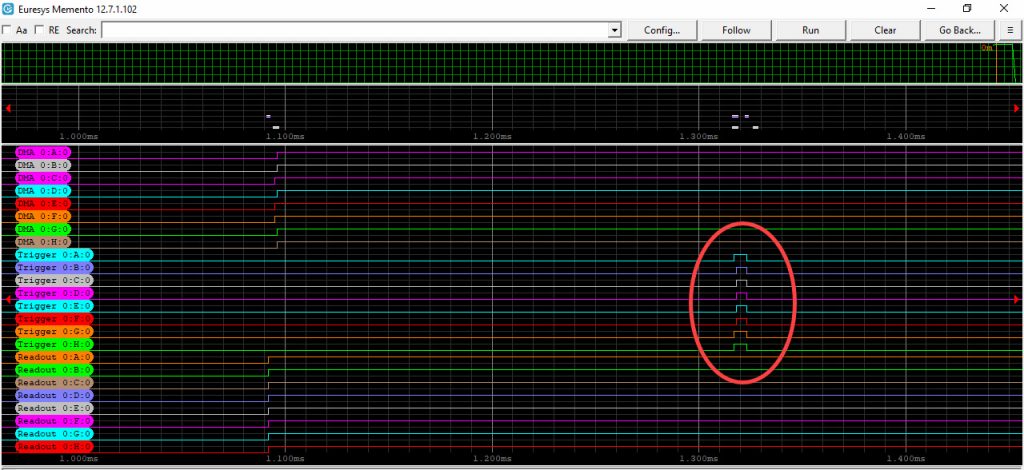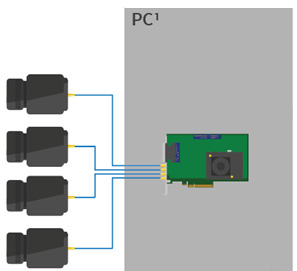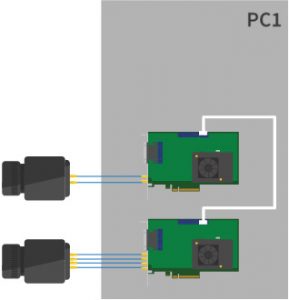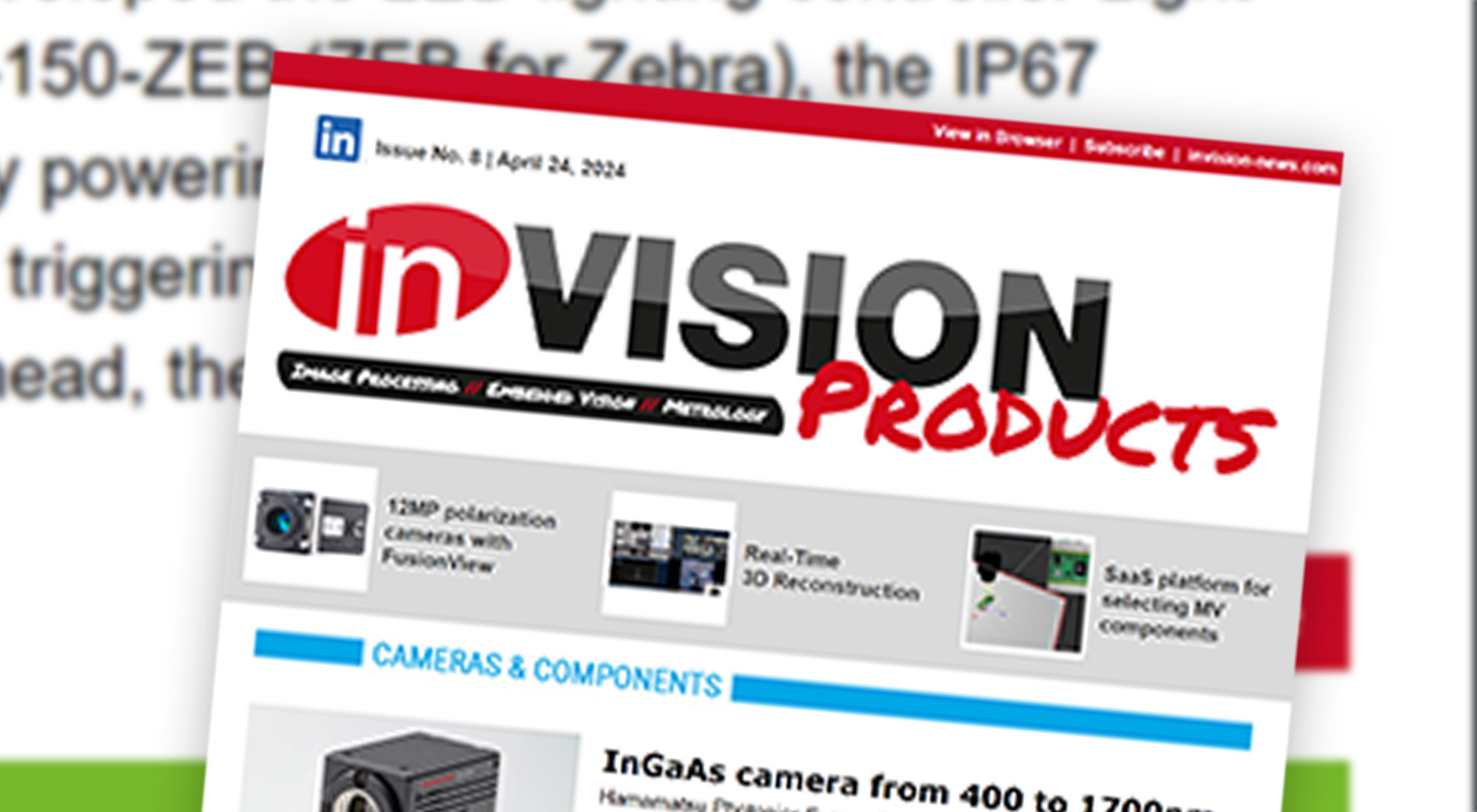Acquire images from multiple synchronized cameras with CoaXPress
It is interesting to note that quite a number of recent computer vision applications require the acquisition from multiple synchronized cameras. The C2C-Link functionality of Euresys‘ Coaxlink cards is able to synchronize cameras connected to the same Coaxlink card, to different cards in the same PC and to different cards in distant PCs.

Image 2 | The event logging tool Memento’s visualization of synchronization signals. Memento records an accurate log of the events related to all cameras, including triggering. (Bild: Euresys SA)
We are used to acquiring images from multiple parallel line-scan cameras for web inspection applications, or 3D AOI (Automated Optical Inspection), a process that requires the simultaneous acquisition of the components to be inspected from different angles. More recently, a number of 3D, AR (Augmented Reality) and VR (Virtual Reality) applications have pushed the requirements much further. Let’s mention for example volumetric video (video that exists in 3D space) and 3D motion tracking for sports and games. These applications require high-resolution, high-frame rate acquisition of video from multiple perfectly synchronized color cameras. These are requirements for which the CoaXPress interface and Euresys‘ CXP frame grabbers are particularly at ease.

Image 3 | Synchronization of cameras on one Coaxlink (Intra-card C2C-Link): The IntraCard Level interconnects two or more C2C-Link devices belonging to the same card using FPGA internal resources. (typical trigger latency: 0ns) (Bild: Euresys SA)
Image 4 | Synchronization of cameras on two Coaxlinks in one PC (Intra-PC C2C-Link): The IntraPC Level interconnects C2C-Link devices across two or more cards of the same PC by means of a ribbon cable. (typical trigger latency: 5ns) (Bild: Euresys SA)
Image 5 | The InterPC Level interconnects devices across two or more PCs by means of an RJ 45 CAT 5 STP straight LAN cable (Inter-PC C2C-Link):
– Synchronization of cameras on Coaxlinks in two PC’s at 40m (typical trigger latency: 245ns)
– Synchronization of cameras on Coaxlinks in three PCs at 100m+100m (typical trigger latency: 1,045ns) (Bild: Euresys SA)
Trigger distribution
CoaXPress has a no-jitter, low-latency camera triggering capability. In addition, the C2C-Link functionality of Euresys‘ Coaxlink cards is able to synchronize cameras connected to the same Coaxlink card, to different cards in the same PC and to different cards in distant PCs. Driven by a master Coaxlink frame grabber, all cameras can be synchronized and operate coherently based on the master’s timing. Table 1 shows some examples of configurations.
General Purpose I/Os
Multiple general-purpose inputs and outputs are also available in various hardware flavors (TTL, isolated, differential) on Coaxlink frame grabbers. This allows for local synchronization with various types of sensors such as presence detectors, quadrature encoders and strobe lighting systems. In addition, these signals can be processed internally using rate converters, multipliers, dividers, or programmable delays.
Event Logging Tool
The Memento Event Logging Tool of Euresys is the best way to verify that the cameras are synchronized as intended. Memento records an accurate log of the events related to all cameras, including triggering. It then generates a graphical representation of time-stamped events on a precise timeline, along with context information.














